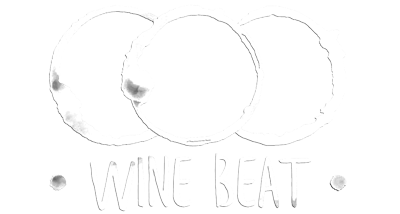Slovakia is not a name that comes tripping off the tongue for most wine drinkers. There is a long wine history here going back about 3000 years but not of the type that has ever made Slovakia an internationally significant player. On the other hand the reality is that the climate, the topography and the wide range of individual potential wine growing terroirs means that good wine can be grown here. As with just about any potential wine growing region that has these basic raw materials, it is simply a matter of applying good farming and solid winemaking and the results will speak for themselves.
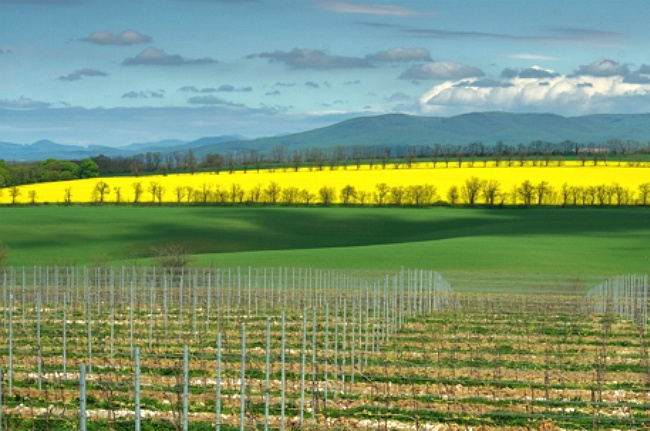 The foothills of the Carpathians
The foothills of the Carpathians
In fact that is what is happening in Slovakia and several regions are husbanding their vineyard capability in order to crack the international market. The retreat of the Soviet Union and the corrosive influence it had on Slovakia’s agricultural industry and its society as a whole (www.winesofslovakia.com refers to “violent collectivization”) has freed the farmers to innovate and compete. Give a winemaker good land and he will indeed innovate and compete! In Slovakia this takes the form of cultivating international varietals and some very interesting local varieties as well as investing in new technology. Slovakia is a cool climate wine growing region. That has encouraged viticulturists to focus on noble white varieties such as Riesling, Chardonnay and Grüner Veltliner – varieties that are represented in one way or another in just about every valley going westward from Slovakia to the Loire. In many cases the Rieslings, Grüners and Gewürtztraminers will have some residual sugar but the climate allows for acidity levels that make these potentially worthy competitors to their Austrian, German and Alsatian cousins. The local variety called Devín (a cross between Roter Veltliner and Gewùrtztraminer) has adapted itself very well and should be experienced. When it comes to the red wines, the region is demonstrating great potential since cool climates tend to produce wines with excellent colour, fruit character and acidity. It is these red wines that might just give Slovakia a competitive advantage. And, as is often the case, that advantage might come down to the winemaker being able to do international varieties well but then supplementing that with a distinctive and compelling local grape.
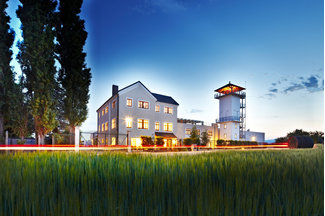
Karpaská Perla Winery
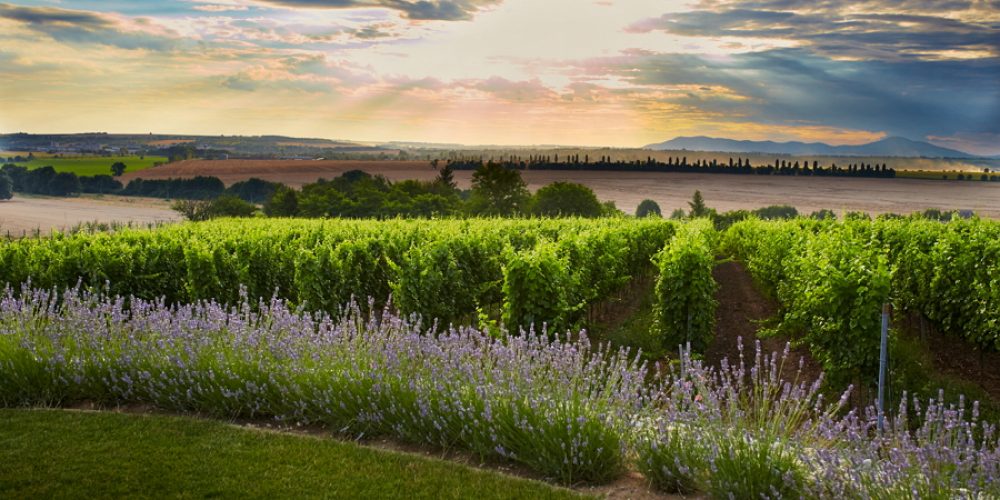 Tajni Vineyard and Winery
Tajni Vineyard and Winery
Why Lesser Carpathia for Wine?
The Lesser Carpathian mountain region in the southwest corner of the country is serendipitously near to the capital of Bratislava. If you live in Europe the words “city break” will leap into your mind. Bratislava is a cultural and gastronomic capital with a charmingly preserved old city. It is densely sprinkled with bars, cafes, restaurants and small character hotels. The vineyards are all around and wine touring to the best regions in Slovakia implies only a simple day trip from Bratislava. The white wines are excellent and there is plenty of winemaking expertise to ensure world class quality. But wine lovers may find the red wines to be the magic, unique touch on the Carpathian wine scene. This region is warm enough to grow good Cabernet Sauvignon but is also endowed with a perfect, continental climate for growing great Pinot Noir. The Pinots are fresh, fruit-driven and, in many cases, very elegant. Then there are these potential treasures: the Dunaj and Hron grapes. Dunaj is unique to Slovakia and might just be one of your favourite red wine discoveries. Racy, jammy red fruit, spiciness, elegant tannins and a zippy acid whallop make this a memorable and modern wine.
Where is Lesser Carpathia?
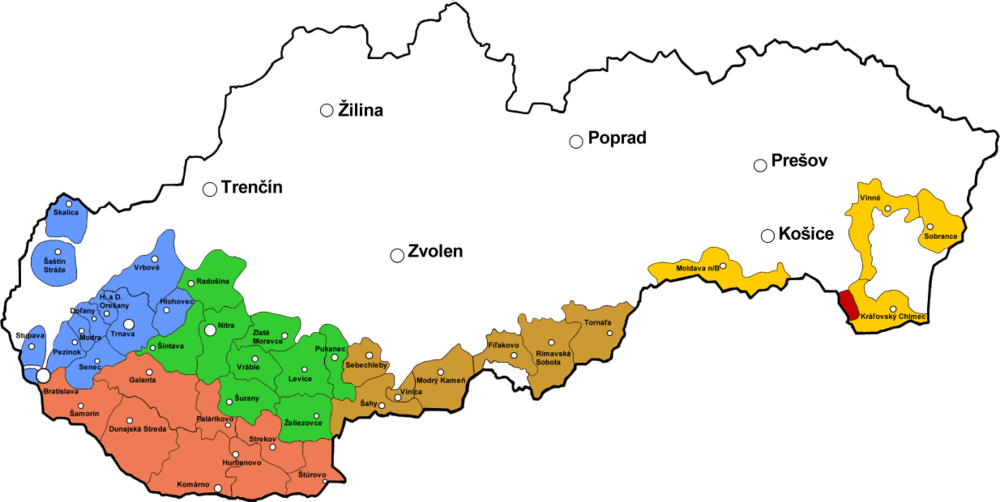 Lesser Carpathia wine region is the blue to the left.
Lesser Carpathia wine region is the blue to the left.
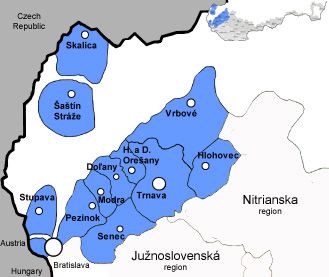
Your wine touring region near Bratislava.
The name Lesser Carpathia (Malokarpatska) comes from the fact that this region is in the foothills of the Little Carpathian mountains. This is rolling and forested country. The vineyards are on southerly facing hillsides and benefit from some protection from cold northerly winds. It is definitely a continental climate with the potential for winters cold enough to damage the vines. Geographically, the region almost surrounds the city of Bratislava and is snugged up into the southwest corner of Slovakia that borders Austria and the Czech Republic. The Carpathian Mountains to the north and the Danube River to the south create natural geographical boundaries.
Note: You might associate Tokaj wine (that famously-prized desert wine) with Slovakia and you would be right. Approximately 1/5 of the Tokaj growing region is in Slovakia while the other half is in Hungary. However, the Tokaj growing area is in the far east of the country and we’ll save that region for another article.
Who Are The Winemakers?
In the Lesser Carpathia region there are a very large number of wine producers. Many of them are smaller in size and do not export. There is tremendous possibility to find single vineyard wines of personality in the myriad wineries you can stop at in this region. For some of the larger players that you just might find in the wine shop, here is a sample:
When is The Best Time To Visit?
Bratislava is best visited from May through October. The vineyards are at their best and wine touring is ideal in the summer months.
Useful Links:
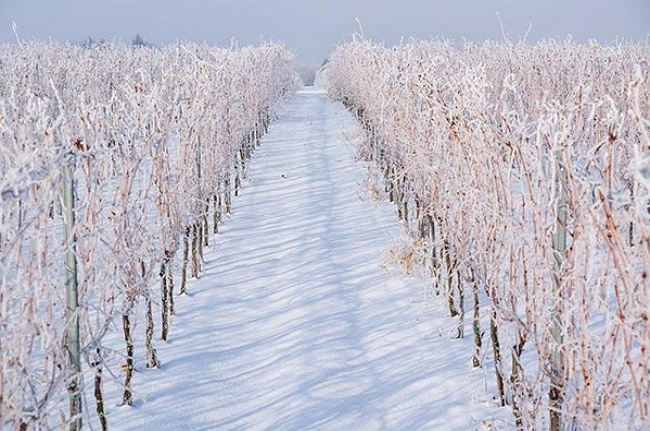 Slovakia’s wine regions are definitely continental climate!
Slovakia’s wine regions are definitely continental climate!
Photo and map credits: www.winesofslovakia.com; Tajna Vineyards & Winery and Karpatská Perla Winery
